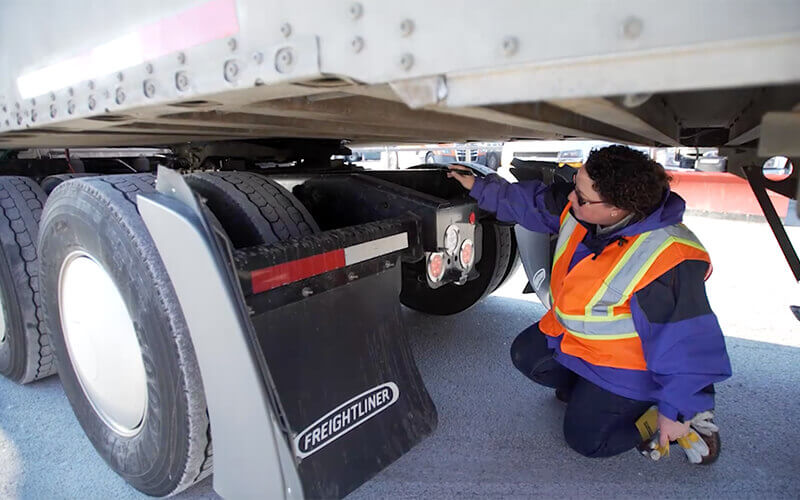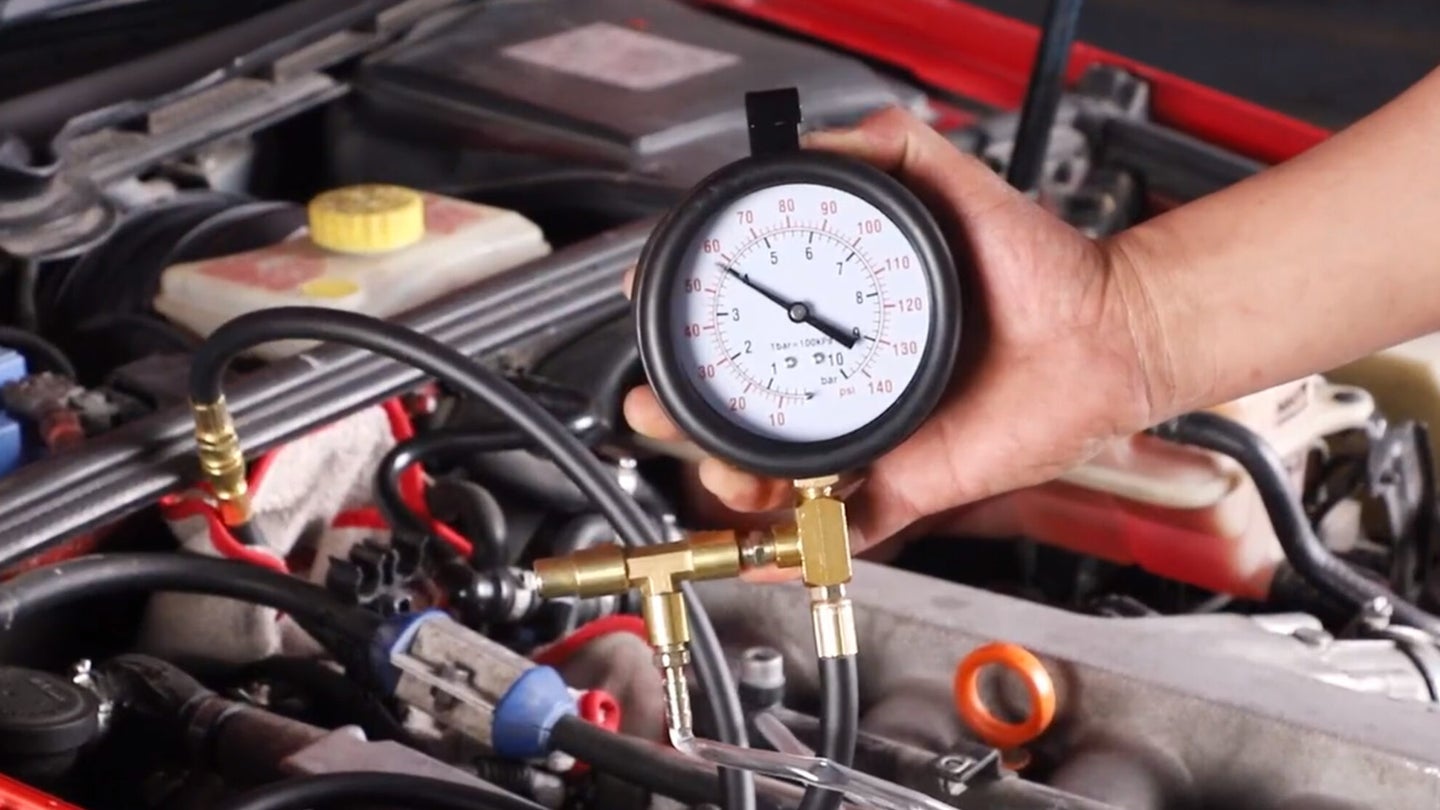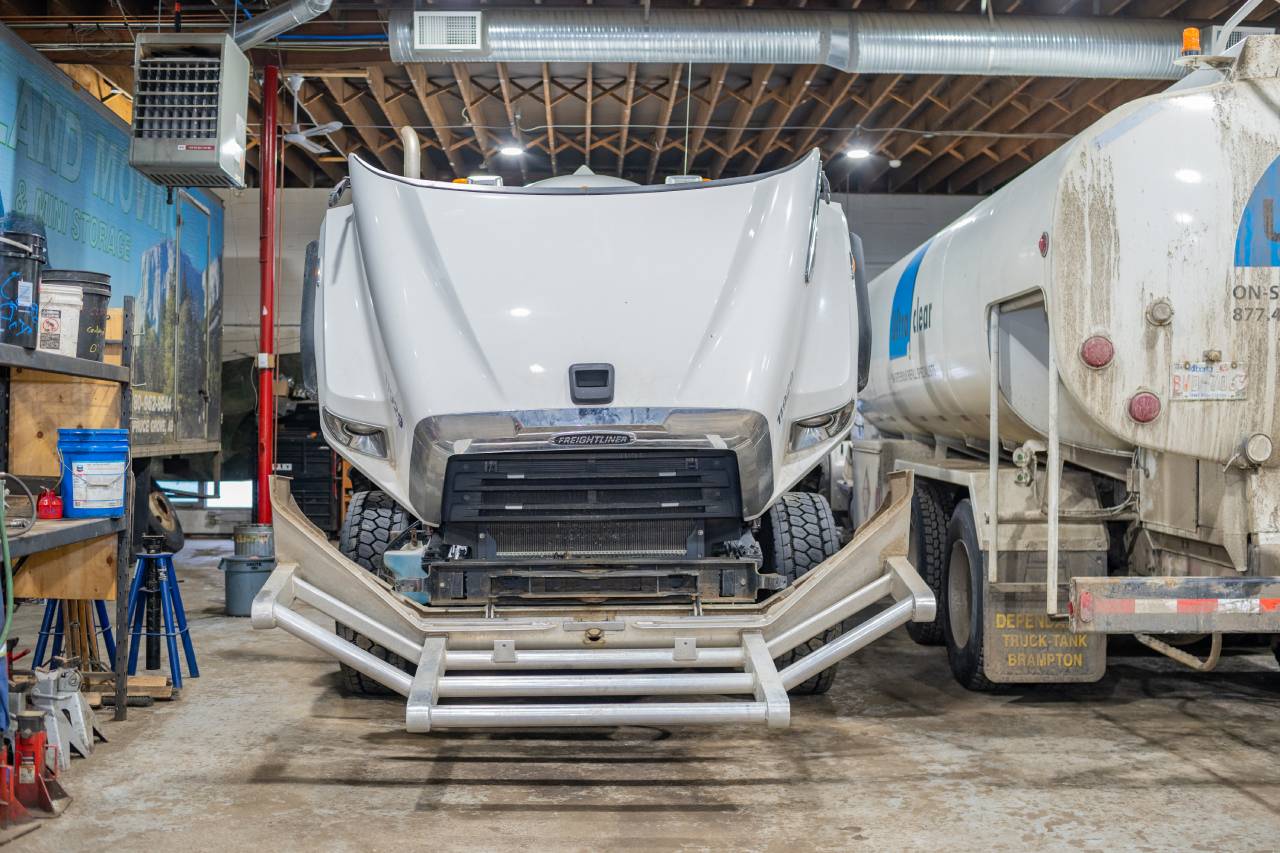Fuel pressure is a crucial aspect of a vehicle’s fuel system. It determines the amount of force at which fuel is delivered to the engine. Testing fuel pressure can help diagnose issues with the fuel pump, fuel pressure regulator, or fuel injectors. In this article, we will discuss the importance of testing fuel pressure and how to perform the test.

Credit: schneiderjobs.com
Why Testing Fuel Pressure is Important
The fuel system’s main objective is to maintain a constant pressure to ensure proper fuel delivery to the engine. Any discrepancy in fuel pressure can result in poor engine performance, decreased fuel efficiency, and potential engine damage. Testing fuel pressure allows you to identify if the fuel system is functioning optimally or if there are any issues that need to be addressed.

Credit: www.thedrive.com
How to Test Fuel Pressure
There are several methods to test fuel pressure, but two popular approaches involve using a fuel pressure gauge or a compression tester. Here’s a step-by-step guide:
Using A Fuel Pressure Gauge
- Start the car and let it idle.
- Install a fuel pressure gauge and attach it to the Schrader valve, typically located on the fuel rail.
- Run the fuel pump and note the pressure reading on the gauge.
- Compare the pressure reading to the manufacturer’s specification for your vehicle.
- If the pressure is below the specified range, there may be an issue with the fuel pump or fuel pressure regulator that needs to be addressed.
Using A Compression Tester
While a compression tester is primarily designed for testing engine compression, it can also be used to check fuel pressure in some cases:
- Isolate the fuel pump close to the fuel injector rail.
- Pressurize the system using the compression tester.
- If no fuel pressure reaches the injectors or the pressure regulator, there may be a problem with the fuel pump.
Normal Fuel Pressure Range
The normal fuel pressure range can vary depending on the make and model of the vehicle. However, a general guideline is to have a fuel pressure reading between 30 and 50 pounds per square inch (psi). Consult your vehicle’s manufacturer specifications for precise information on the normal fuel pressure range.
Symptoms of Low Fuel Pressure
Low fuel pressure can manifest through various symptoms. Recognizing these symptoms can help you identify a potential fuel pressure issue:
- Engine misfires or runs rough.
- Difficulty starting the engine.
- Decreased fuel efficiency.
- Engine stalling or hesitation.
- Unexpected loss of power.
Recommended Fuel Pressure Testers
There are several fuel pressure testers available in the market. Here are a few popular options:
| Tester | Description |
|---|---|
| Pittsburgh Automotive Fuel Pressure Tester | Provides accurate fuel pressure readings with quick-connect fittings. |
| OEMTOOLS Fuel Pressure Tester | Features a durable design with a wide pressure range for various applications. |
| ABN Fuel Injection Pressure Tester | Compatible with most fuel injection systems and comes with a comprehensive kit. |
| Maddox Fuel Injection Pump Tester | Offers precise pressure readings and easy-to-use functionality. |
Frequently Asked Questions Of Testing Fuel Pressure: The Ultimate Guide
How Do You Check The Fuel Pressure?
To check the fuel pressure, start your car and let it idle. Install a fuel pressure gauge, run the pump, and note the pressure reading. Compare it to the manufacturer’s specification. If the pressure is low, address the issue.
What Is The Normal Psi For Fuel Pressure?
The normal psi for fuel pressure varies depending on the vehicle’s make and model. It is important to consult the manufacturer’s specifications for the specific psi range.
What Are The Symptoms Of Low Fuel Pressure?
Low fuel pressure is indicated by symptoms such as difficulties starting the car, engine misfires, stalling, poor acceleration, and a decrease in fuel efficiency.
Can I Use Compression Tester To Test Fuel Pressure?
No, a compression tester cannot be used to test fuel pressure. A fuel pressure tester is specifically designed for this task. It is important to use the right tool to ensure accurate results.
How Do You Check The Fuel Pressure?
Start the car and let it idle. Install a fuel pressure gauge, run the pump, and note the pressure reading. Then compare it to the manufacturer specification. If the pressure is low, you should address that problem.
Conclusion
Testing fuel pressure is a vital diagnostic process to ensure the efficient operation of a vehicle’s fuel system. By using a fuel pressure gauge or a compression tester, you can identify any potential issues with the fuel pump, fuel pressure regulator, or fuel injectors. Regular fuel pressure tests can help prevent engine damage and ensure optimal engine performance. Remember to consult your vehicle’s manufacturer specifications for specific fuel pressure ranges.
More Read – how to test a fuel pressure regulator without gauge





